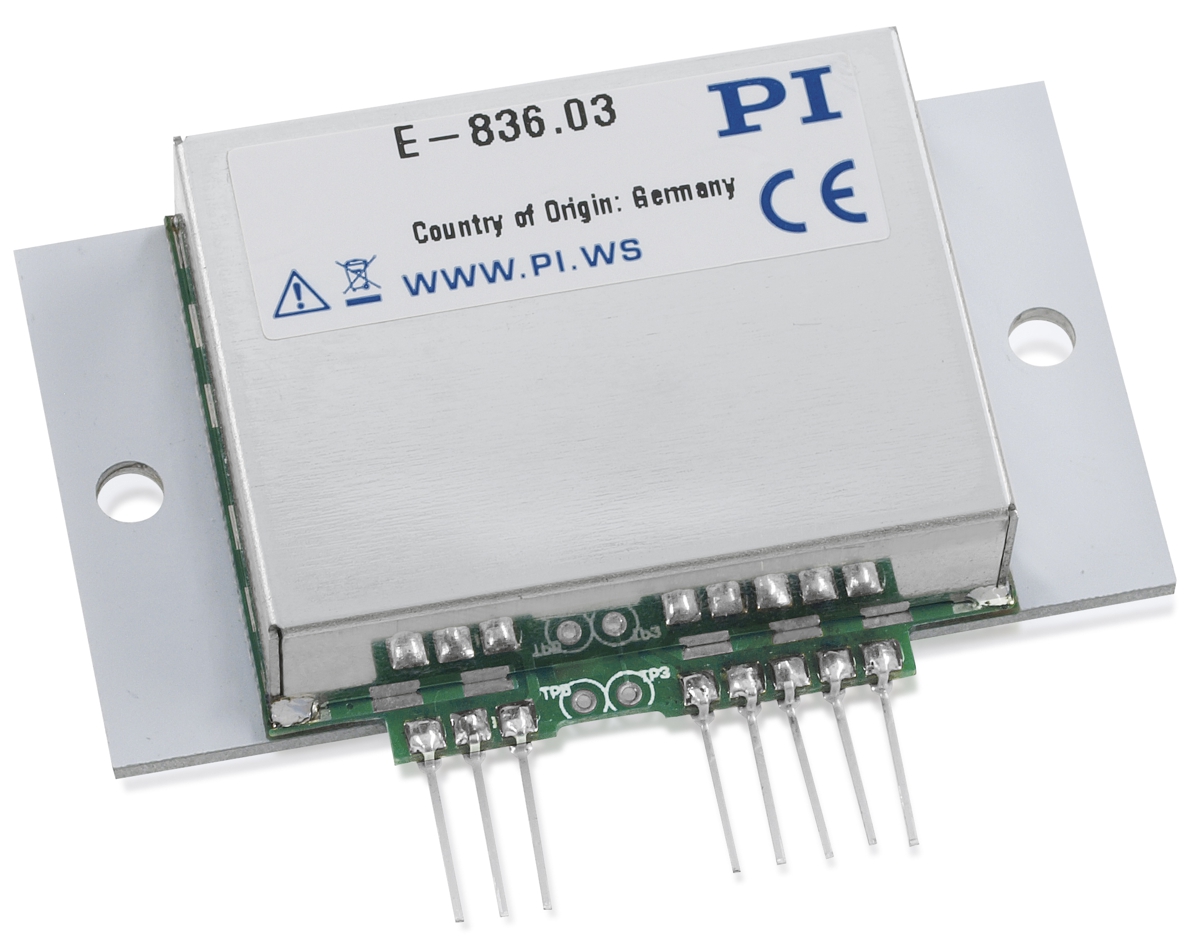


Alternatively, the sensitivity can be increased by using smaller capacitor gaps, which then reduce the range of motion possible. For example, we can increase the sensitivity by realizing a larger capacitor, but this comes at the cost of speed and footprint. However, electrostatic actuation is limited by some combination of trade-offs between actuation range, sensitivity, device footprint, and speed. They do not require any special material property and have been previously used to implement a variety of NOEM systems. Electrostatic forces are generated by the voltage-induced polarization in a material. Here, two approaches present themselves: electrostatic and piezoelectric forces. It is more-so the latter requirement of large voltage-induced displacement, which has remained a formidable challenge in this context. State-of-the-art optomechanical cavities routinely achieve coupling coefficients g OM/2 π in excess of 100 GHz nm −1, and largely satisfy the former requirement. It is also an electromechanical device where a modest voltage can induce large deformations. It is an optical device whose properties are exceptionally sensitive to mechanical deformations. Nano-opto-electromechanical (NOEM) devices 4, 6 have thus been pursued and demonstrated, to realize switches and couplers for classical and quantum light 7, 8, 9, 10, 11, 12, resonant and static electro-optomechanical tuning and electro-optical transduction 13, 14, 15, 16, 17, 18, 19.Īn efficient NOEM device solves two problems simultaneously. Among these, mechanical deformations have the advantage of being essentially lossless, requiring no static power consumption, and possessing an enormous tuning range and cryogenic compatibility 4, 5. Tuning the optical response of an element entails changing its refractive index by, for example, modifying its temperature, imposing electric fields, or mechanically deforming it. Optical components providing such control are essential in systems being developed for optical computing, signal processing, sensing, and imaging 1, 2, 3. Complete and low-power control over the phase and amplitude of light fields remains a major challenge in integrated photonics.


 0 kommentar(er)
0 kommentar(er)
